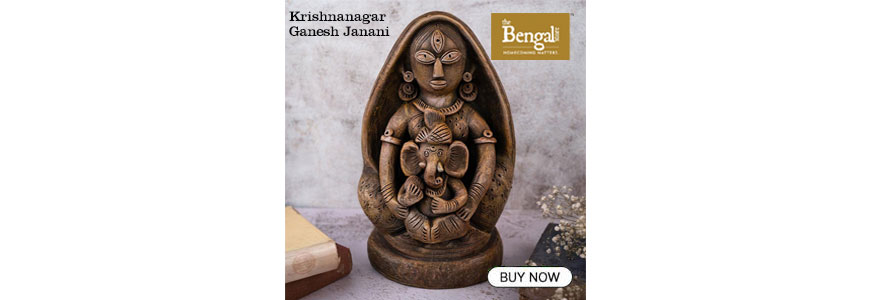Will the Kadi Barga houses of Old Kolkata survive an earthquake? Listen to experts
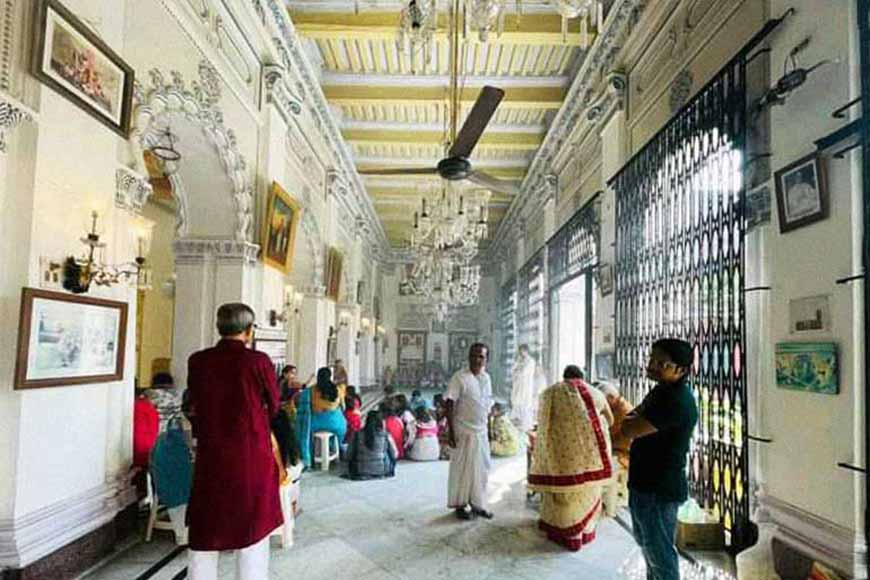
News of the devastating earthquakes in Turkey and Syria has alarmed all the other countries. The number of lives the natural disaster has claimed is astonishing. This led to the thought that if such a disaster were to take place in Kolkata, the buildings that are most likely to turn into dust are the Writer’s Building, Princep Ghat, Sobhabazar Rajbari, and other such structures, especially those that were built prior to 1940.
So, the natural question that pops up is why are only the buildings built prior to 1940 at risk? This question has been answered by expert architects. According to them, the buildings prior to 1940 had 20, 25, or 30 inches brick foundations. The roof was constructed in a special way, named “Kadi Barga.” These houses are not earthquake-proof. These houses with wide brick foundations and roofs made of Kadi Barga are technically weak. Hence, during any natural disaster such as landslides or earthquakes, these houses of Kadi Barga, will be the first to be affected.
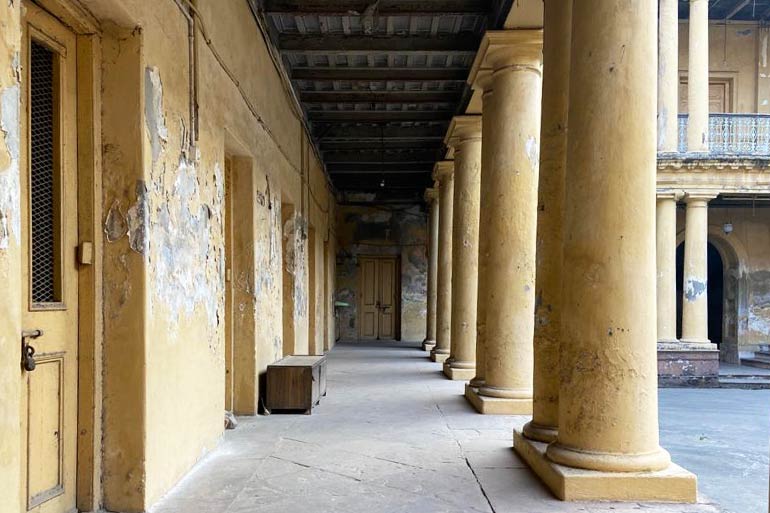
Why were such methods of construction used even after these risks? Why were important buildings like the Town Hall, Writer’s Building, Indian Museum, and others, constructed using traditional methods? In those days, earthquake-proof technology for building houses was not developed. Similarly, new and advanced technologies for building houses involving the use of steel and other materials, that are used today, were not invented in those days.
Dr. Parthapratim Biswas, Professor of Construction Engineering at Jadavpur University, highlighted the pros and cons of the traditional Kadi Barga compared to beams, columns, and slabs, which are used today in the construction of buildings. Mainly wood and steel were used to make the structure of the house. Long wood or steel was used lengthwise. The smaller ones were used diagonally. Mainly, this was used to build the roof. Longer pieces of wood or steel were called Kadi and the small ones were called Barga. On top of the Kadi Barga, there were tiles, lime, surki, and Khoya, i.e small or broken pieces of brick. These were used to make the roof. The walls of the house used to carry all the weight. The load of the floor and the roof of the Kadi Barga houses were transferred to the walls. The load went from the walls to the foundation, then directly to the ground. Above the foundation, a roof of Kadi Barga was built, and above that two or three floors were built. Concrete was not discovered yet, hence the use of concrete in those days was out of the question.
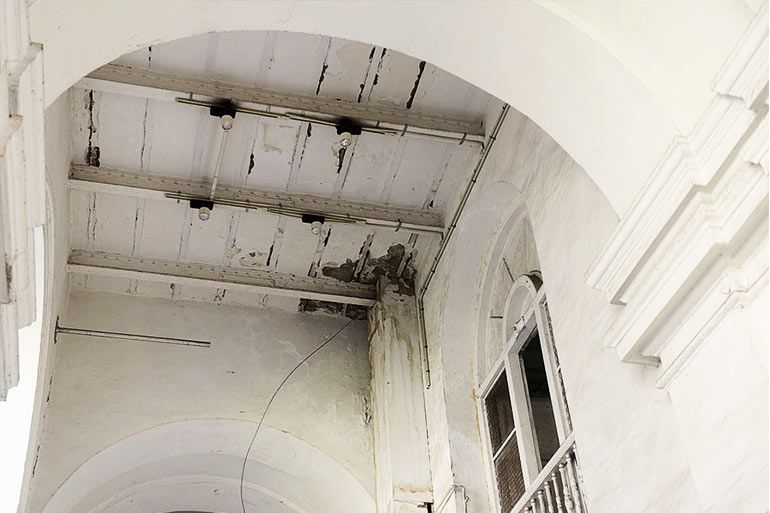
This technique that was used to build houses is called the “wall foundation technique.” This means that the wall is of central importance as it is responsible for carrying the load of the whole house and the Kadi Barga helped in transferring this weight to the walls. The walls of Kadi barga houses were either 20, 25, or 30 inches wide. According to Parthapratim Biswas, though the walls of these houses were wide, their capacity to bear the load was comparatively lesser. Buildings that are constructed according to the “reinforcement concept”, i.e., built with beams, slabs, and columns, are comparatively safer than the Kadi Barga houses, during earthquakes.
These kadi barga houses are present not only in Kolkata but are scattered all over Bengal. Many houses, to bring in a flavour of nostalgia, are building ‘false’ Kadi Bargas to give the house an aesthetic look. These false Kadi Bargas are mainly made of steel. According to the accounts of history, prior to 1940 or till a few years after 1940, these Kadi Barga houses used to be made in Kolkata. Since 1940, the Reinforcement concept or RCC concept of constructing buildings was incoming. P. K Mukhopadhyay, Civil engineer of Jadavpur University and former official of Calcutta Municipal Corporation’s Valuation Department, said that Kadi Barga houses started declining in Kolkata, since 1935-40. New construction techniques came up and Kadi barga houses were gradually being replaced by beams, slabs, and columns. In kadi barga houses, iron or wood was used in order to build the roof, even though their capacity to carry the load was low. Nowadays, steel is being used in the process of building houses. The steel can be bent, it can also be cut, and even if the steel gets twisted, it does not break. Steel also has a higher capacity to carry the load.
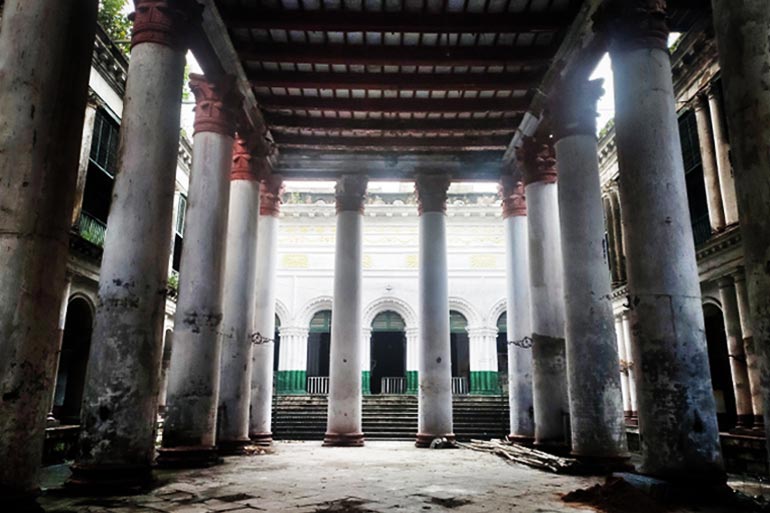
He also remarked that in contemporary techniques of construction, the load is carried from the roof’s slab to the beam and from there the load is carried through the column to the ground. These beams, slabs, and columns are tightly tied together. Due to the higher load capacity of the beams, slabs, and columns, these became popular. The roofs were lighter and thinner and even stronger as compared to those of Kadi barga houses. The walls in Kadi barga houses were 20, 25, or 30 inches wide, now the walls are reduced to 8 or 9 inches wide.
Kadi barga houses have been Bengalis’ companions for a really long time, which is why they make us nostalgic. It reminds us of the joint family who lived in these houses with a big outer space and a roof where often the elders kept jars of “achaar” or pickle. The principal difference between South and North Kolkata is the way the houses are made. In those days, many used to cook together as the number of family members was more. The whole family used to eat together. The culture of joint family has also faded with the kadi barga houses. In terms of the strong build of houses, South Kolkata is ahead of North Kolkata.
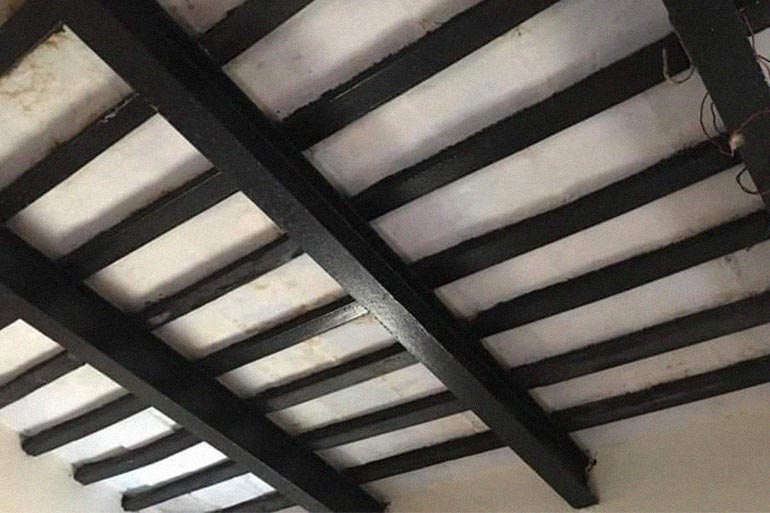
Nowadays, many are demolishing old houses to build new ones of slabs, columns, and beams. The administration is identifying old houses and pasting signs that read- “Bipojjonok Bari” or Dangerous house, by this sign they want to alert the people about the fragile house whose parts may suddenly fall and injure someone. Flats are gaining more and more limelight these days. Flat owners do not get to enjoy the roof or a big space inside. Yet, many have not let the new technology take away the kadi barga houses that hold tons of memories. Many still hold on to the kadi barga houses.







